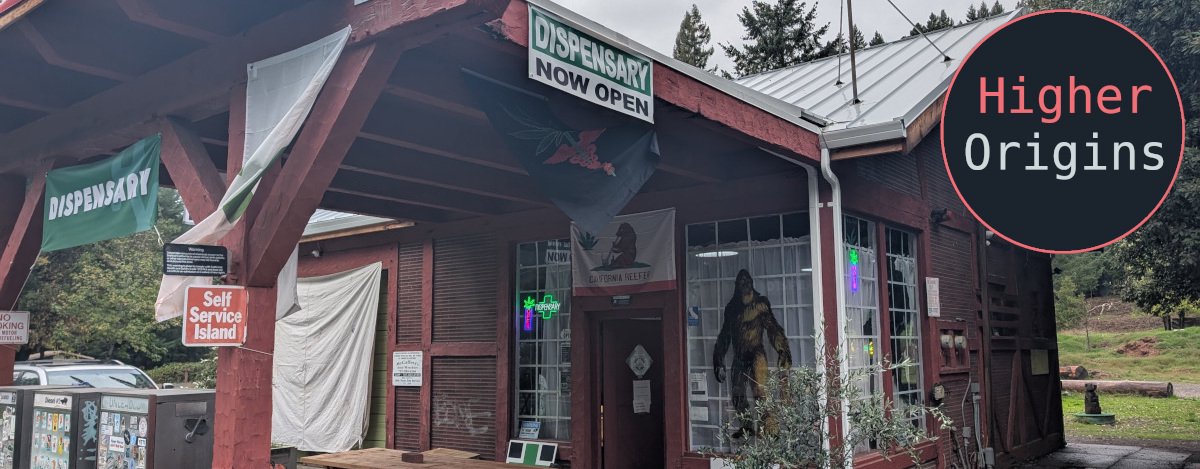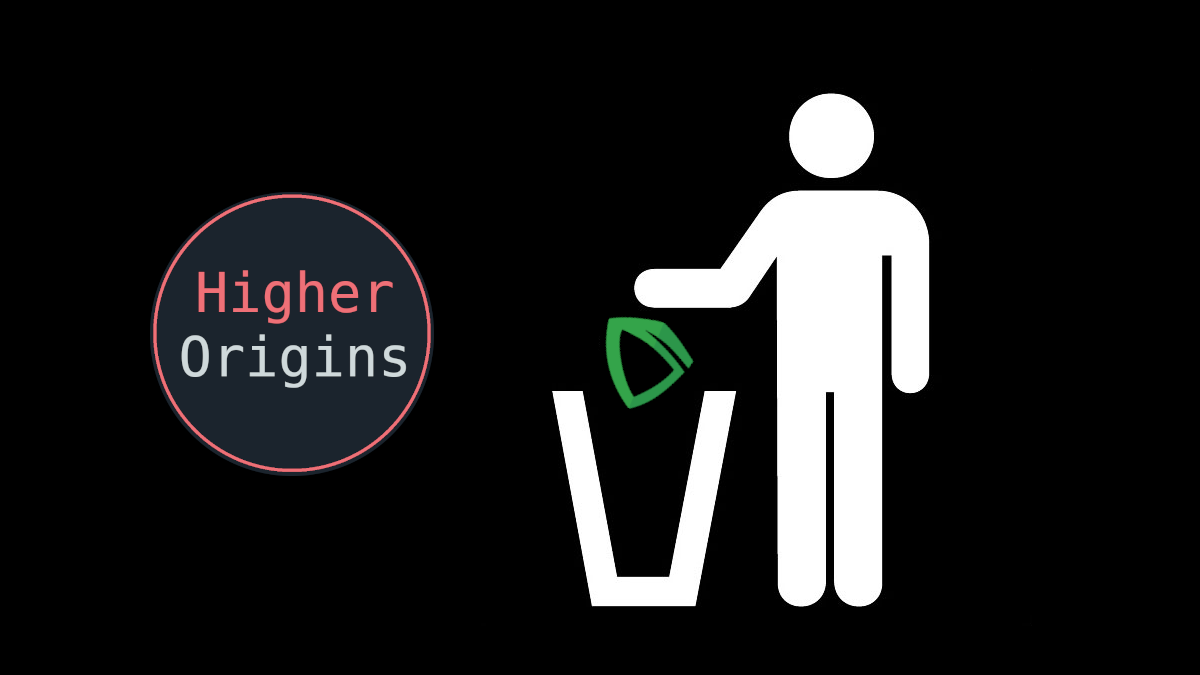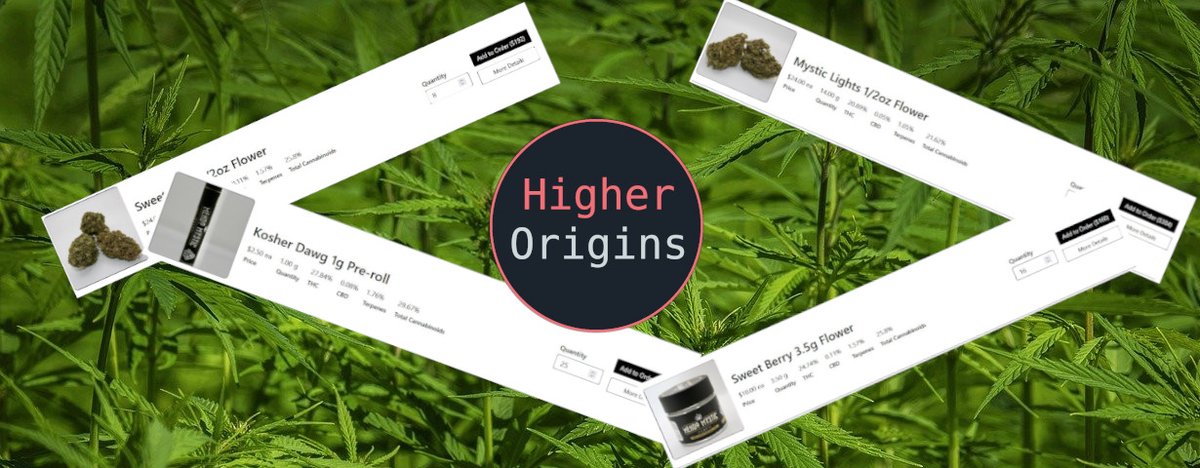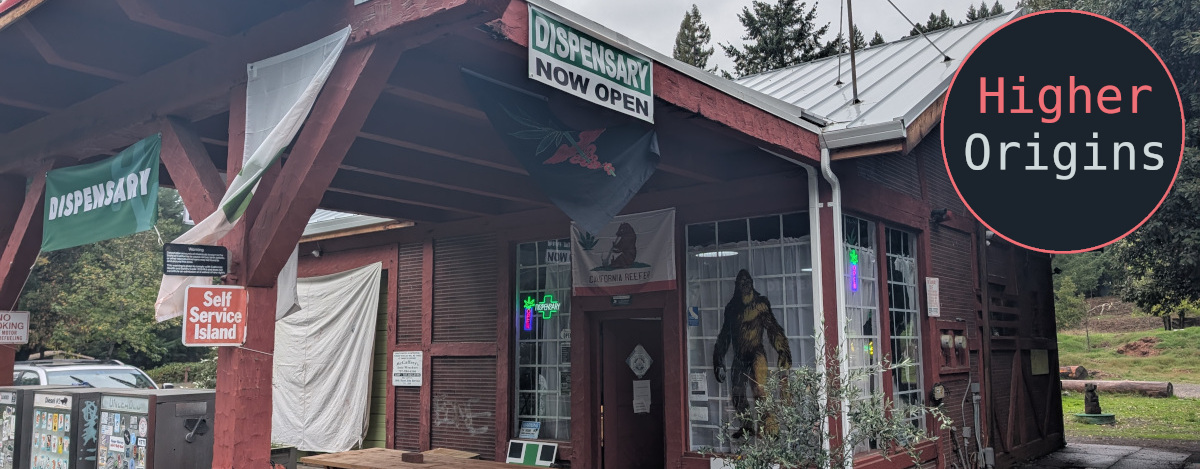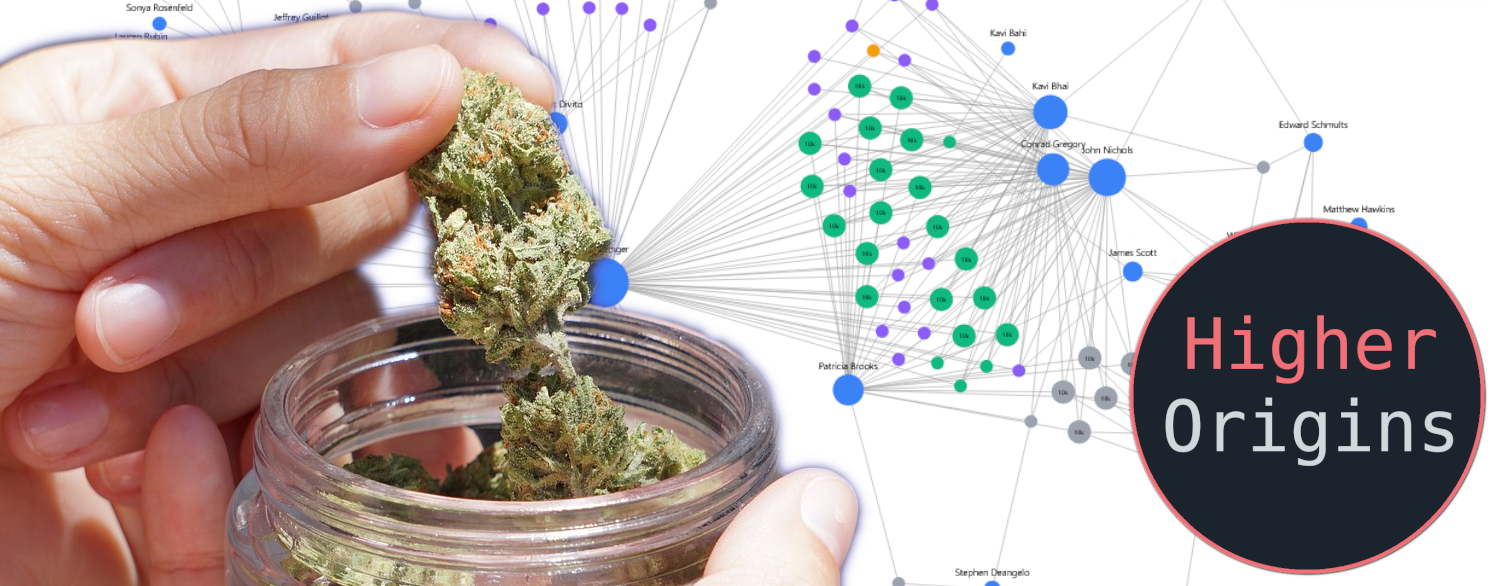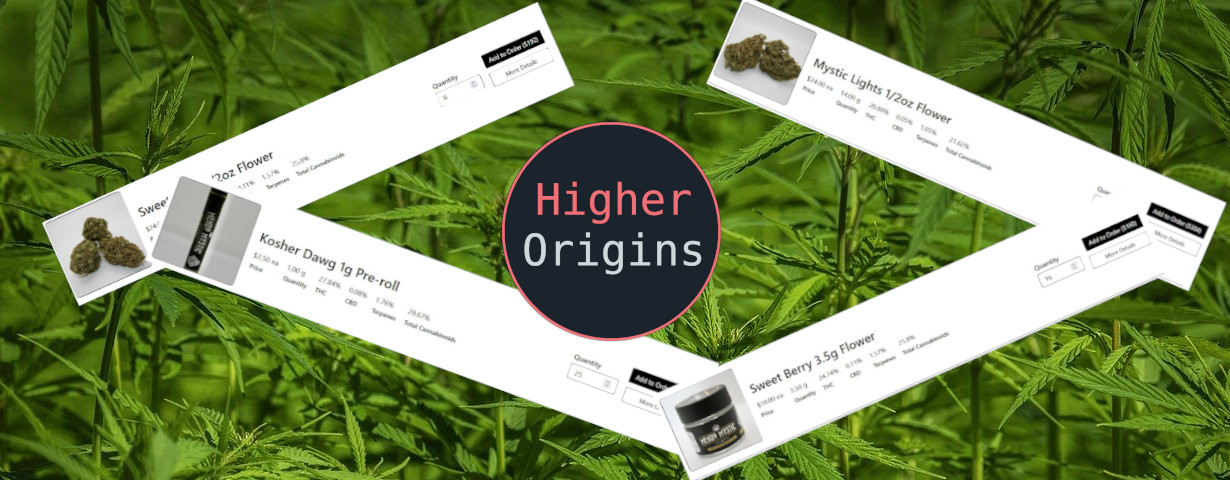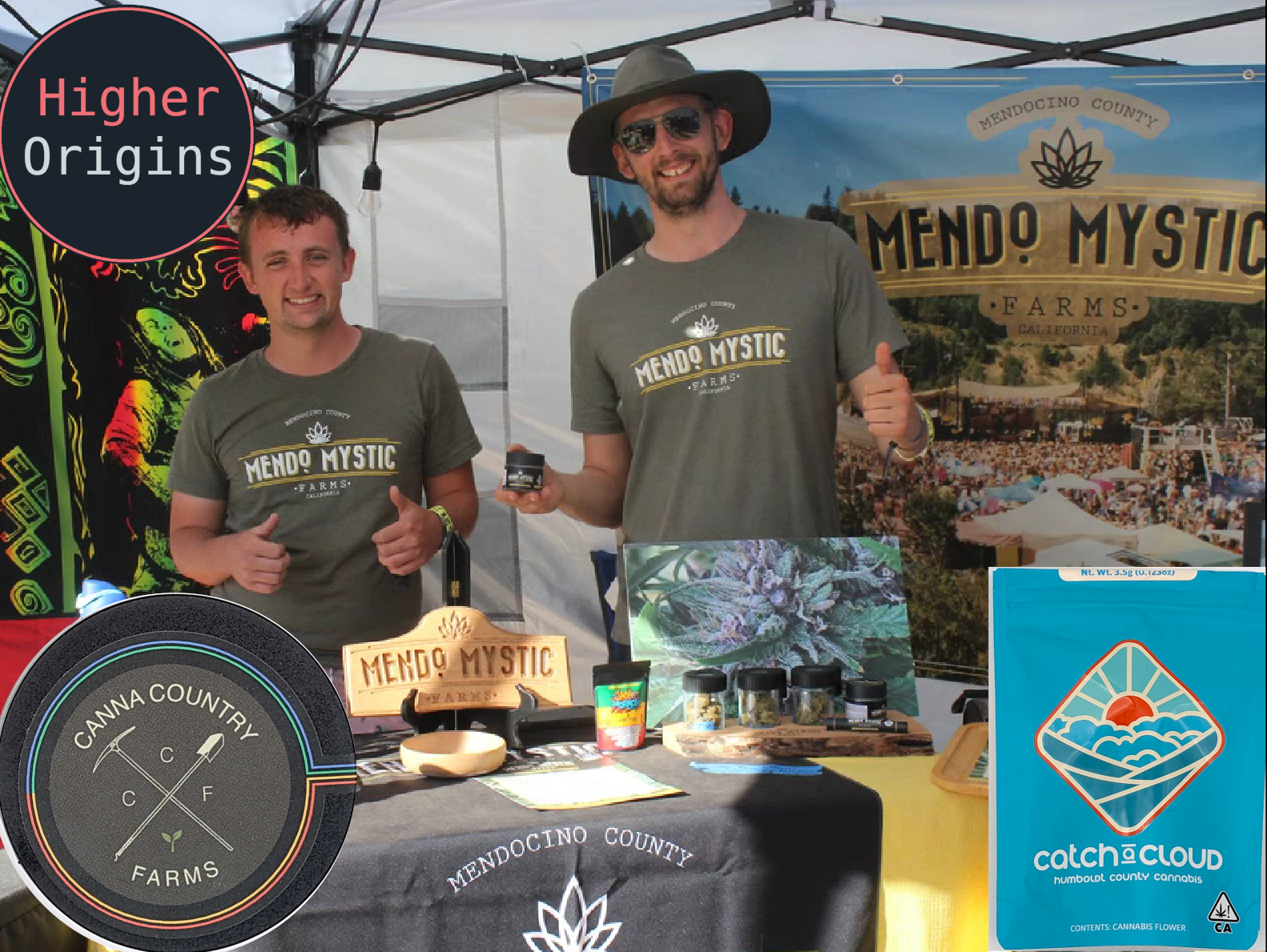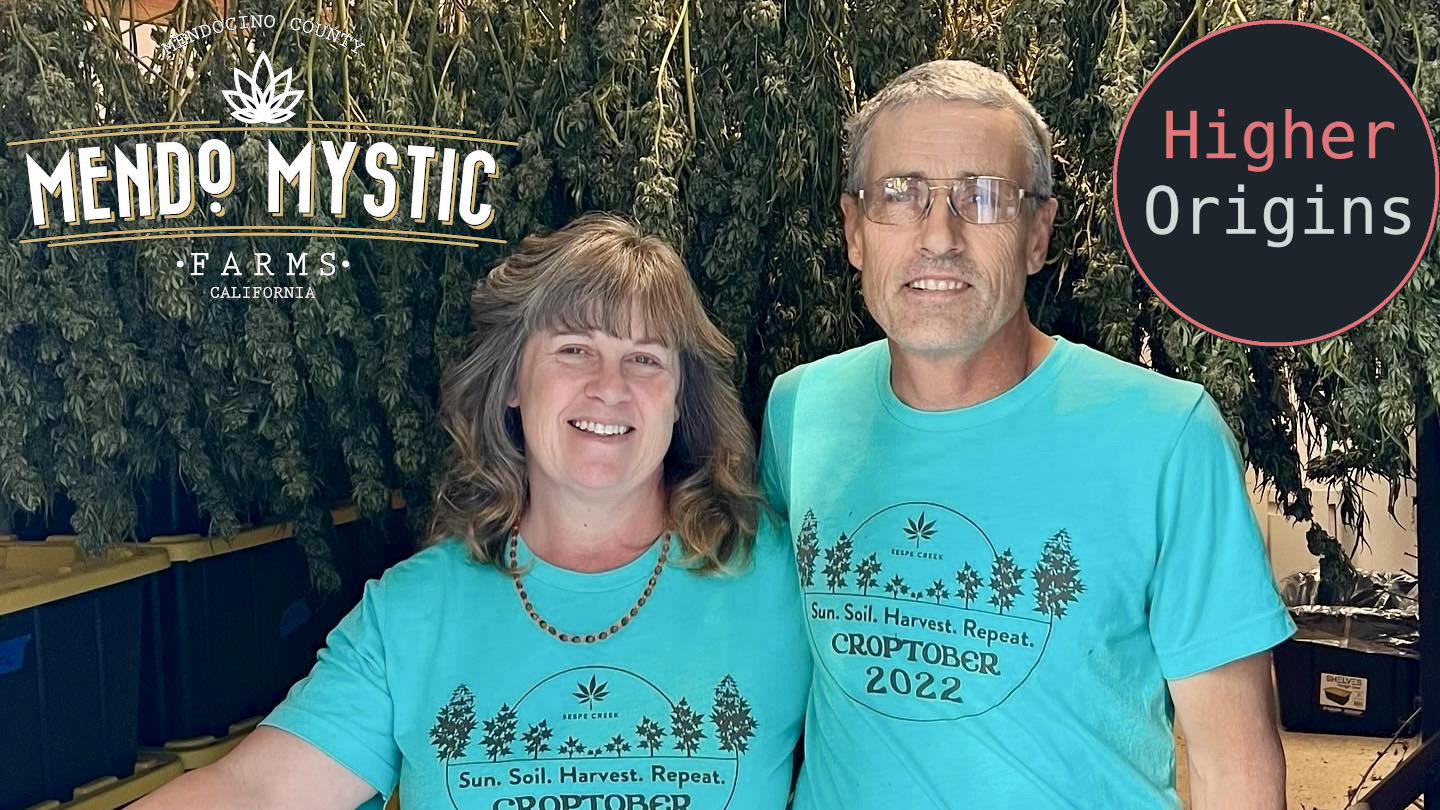Hello everyone! Hopefully you all had a fantastic 4/20! We're back with another quarterly look at the trends in California's cannabis industry.
About the Data
We derive these charts from data exported from the Department of Cannabis Control's Unified License Search, which regularly updates to show which licenses are active where, and their dates of change. We should clarify that this is a different data source than the California Data Dashboard, which is derived from unreliable METRC "track and trace" data, and which we have written about in the past. The Unified search data, however, is sourced from the internal bureaucratic records of the State, which while we in no way can guarantee are accurate, are much more functional than METRC data. Since using the Unified Search is annoying and involves large and confusing Excel files, we created a simple browser that allows faster searching of individual licenses. Without further ado, let's get into it!
Overall Market Licensing

The general trend in licensing for the past 3 months has been slightly downward for cultivation, and flat for commercial and manufacturing licenses. The most interesting trend change that can be seen at the macro level here is that cultivation has broken out of its nosedive into more of a gentle decline. It is too early to see if this trend change will hold or if it only temporary.
Cultivation

While licensing gives a general idea, we prefer measuring cultivation trends in licensed square footage. In the past quarter, indoor has remained flat, as usual, while mixed light is still declining. The spike in outdoor cultivation is tricky. While it seems that millions of square feet were magically added, the reality is much more complex. While there is some new growth, the largest contributor to this spike is Large License conversion, that is to say "inactive" cultivation area that was never actually abandoned, but was consolidated into a Large license after a few months of bureaucratic lag. We dig into Large licensing more below.

A few quarters ago, we predicted that Small and Medium licensed canopy area could break even, and that's where we are now. Cultivators with the capital to expand have consolidated their Small licenses into Medium and Large Licenses, and those Small cultivators with limited capital are still going out of business at a high rate. Meanwhile, Specialty and Specialty Cottage licenses are as level as ever, since those licenses are only used for niche small cultivation.

At the county level, growth in cultivation in Q1 has largely been on the Central Coast and in NorCal, with Ventura and Santa Barbara megafarms leading the pack. Humboldt and Lake have added growth including some new Large licenses, and Trinity is trending upwards, which is good to see after a rough few years of bureaucratic failure.

On the flip side, two of the biggest gainers also suffered some of the heaviest losses this quarter, with Santa Barbara canceling out about half it's growth, and Humboldt canceling out about 3/4 of its growth. Ventura and Trinity also cancelled out some gains. Riverside stands out for the variety of losses, with farms of all categories losing canopy.

While the trends in licensing are interesting, the total amount of cultivation owned by businesses gives a better look at the underlying market structure. Businesses which operate different sizes of operations impact the market differently and are often regionally biased, so understanding the total area owned by which sized of business is critical. The market still shows the same rough breakdown of ~1/2 smaller businesses, ~1/4 medium businesses, and ~1/4 huge businesses. What is important to note is that there is way less business diversity at the higher levels of ownership: there are thousands of businesses making up the smaller ownership half of the industry, and only a few hundred making up the larger ownership half. When we say that small farms are the backbone of the industry, this is what we mean!
More In Depth on Large Licensing
As we've discussed before, the Large license tier which was opened at the beginning of 2023 allows cultivators to convert many smaller licenses into one Large license. This has the result of shrinking the overall number of cultivation licenses, which looks bad on paper, but in reality doesn't change or decrease the actual area being cultivated. Annoyingly (from a data perspective) the State doesn't require Large license holders to report their actual cultivated area, so we are left with estimates based on the size of their licenses that were converted. In some cases, no licenses were converted and a Large license was created from scratch, which means all we can do is default to assuming that the license is at least an acre in size. Unfortunately, this means that as time goes on and more cultivation is converted, analysis like this will become less and less accurate.

As of the end of March, there were 46 Large licenses in California. Currently, the trend is strongly upwards, and we expect this to continue, since the bureaucratic burden of handling many licenses is much greater than just handling one, so conversion greatly reduces administrative overhead.

Here we see the same trend, just by estimated converted square footage. The actual numbers are likely a bit higher than this, but this gives a general idea of growth.

Breaking it down to a county level, we see that Lake County has the most Large licenses, followed by Humboldt and finally Santa Barbara. Given Lake county's history of greenlighting huge licensing projects, this makes sense. However, let's look at the next graph to better understand the situation.

Suddenly everything is much different! The difference is that while Lake and Humboldt have more licenses than Santa Barbara, most of them were created from scratch, with no converted licenses detectable. This is a problem, since we can't easily estimate those licenses canopy size. Speaking from experience, we would assume that the Humboldt large licenses are often smaller in the 1-2 acre size range, while the Lake large licenses are most likely many acres each. As we wrote at the end of 2022, there have always been huge licensed areas in Lake County, most of which were started in the early investment boom and then failed without actually cultivating more than a fraction of their licensed area. We believe that what we are seeing now is that previously licensed canopy being bought up by new investors, who are taking advantage of the existing CEQA/Zoning status of these areas and an agreeable local government to start Large licenses from scratch. Whether or not they will actually be able to execute remains to be seen. Santa Barbara on the other hand has less Large licenses, but they are all gigantic, due to the agricultural space and prevalence of multi-license megafarms in that area- for growers in the American Riviera, this is just bureaucratic consolidation of their already massive operations. Now, on to manufacturing!
Manufacturing

Overall, manufacturing licensing has remained relatively flat recently. It seems like the demand for these services isn't strong enough to drive investment in new operations, but also isn't weak enough to promote market exit. At the moment it's hard to say which direction the trend will break in.

County wise, as usual urban areas lead the pack for growth, with the interesting outlier of Sacramento adding two Shared Use licenses. These licenses are relatively rare and allow different licensees to use the same facility to produce their products. Spaces like this are useful for smaller collectives or businesses without the capital to invest in their own manufacturing, and indicates that someone in Sacramento is optimistic about smaller more specialty cannabis businesses in the area.

LA is the biggest driver of manufacturing losses this quarter, which makes sense because of dense competition there, and not every manufacturer that rushed into that market can survive. On to the commercial market!
Commercial

If you were bored by the stability of manufacturing, don't worry, the commercial side of the market is more lively. The downward trend of delivery services is sticky, likely driven by high overhead and operational inefficiencies. Distribution has returned to a positive trend after it's harsh drops last year, while retail continues a slow and steady growth. Microbusinesses are also slowly growing, showing that operators still value the flexibility of a license that allows them to conduct multiple activities in house. Surprisingly, there was not a meteoric crash in the number of testing labs as some predicted after the State codified stricter rules on testing procedures to combat lab shopping. It appears that most labs are on their way to staying open and compliant.

At the county level, urban areas as usual drive the change, with the cities of Central and Southern California showing strong gains in everything but delivery. Riverside continues to expand it's market, working hard to catch up to the market density enjoyed by the Angelinos to their West.

Finally, the commercial losses statewide are again largely urban, with delivery taking the biggest hit. The extensive overhead of running a delivery company, plus business contagion in that sector after the fall of Grassdoor has really had an effect. Likewise, as in person retail refines their methods and builds their customer bases now that everyone has largely stopped their Covid isolation, there are even less people willing to pay delivery fees rather than drive to the local weed shop.
Conclusion
And there you have it! This quarter has been fairly stable, without any earth shattering moves going on. What we are seeing is gradual continuation of known trends at the moment. We don't expect this pattern to hold forever though. With an election on the horizon that could galvanize or doom Federal level regulations, an ongoing unpaid invoice crises, taxes still ludicrously high, and a thriving illegal market to compete with, it's only a matter of time before we see something change rapidly. When that happens, we'll let you know about it!
If you appreciate content like this, please consider becoming a Supporter of Higher Origins. Journalism like this takes work, and we can't do it without you! If you or your business finds this useful, we would appreciate your support.
Enjoy the spring weather, and happy planting!
-The Higher Origins Team

